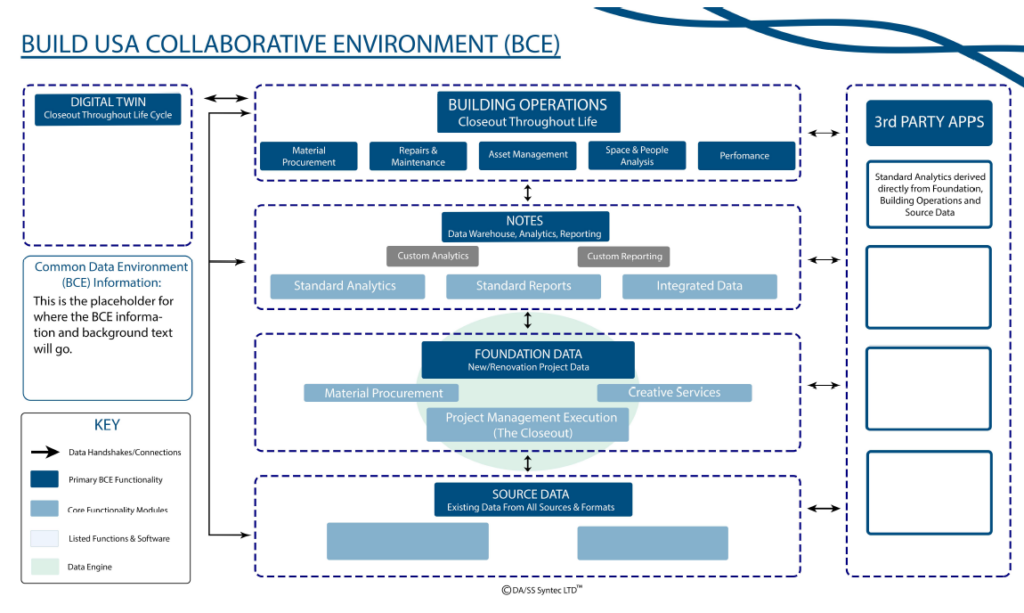This Blog Explores: How finalizing the details of a building design or working cloud based eco system, is less important than ensuring that the framework and parameters that define these environments have sufficient Agility and Adaptability to grow overtime and accommodate future challenges.
Remote Work & Covid
Like most people during these Covid times, I have worked remotely over the past 1 ½ years. For me, the shift to remote work required very little change in my daily habits. In 2012, I transitioned to a predominately cloud-based work environment.. Since then, I’ve been able to work with people around the world via various net meeting providers. Yes, net meetings were a thing long before Zoom arrived on the scene.
But, in March of 2020, I began to worry about the unprecedented additional distributed load that remote work would put on the internet. Would the pressure create serious slowdowns or breakdowns of the system and negatively impact my work? Ultimately, it turned out that there was nothing to worry about. The normal loadings on the internet had changed overnight– yet the system continued to chug away without a blip. I have given this some thought over the past few months. Although I am not personally familiar with all the technological details, this article authored by Shira Ovide, outlines the key principles that have allowed internet providers to successfully scale up their operations to accommodate the extraordinary growth of remote data sharing.
Asking Good Questions
The concepts of Agility and Adaptability, provide the ability to recognize and learn from challenges, and successfully implement new solutions, align with much of the concerns and considerations we have analyzed in developing BuildUSA’s Common Data Environment, known as the “BCE” (BuildUSA Collaborative Environment). As Building increasingly takes the digital leap of faith, it is critical for organizations to have a clear vision of data and how it is used during various phases of a project, by different project team members, and in various phases of a building’s life cycle. The work of the past few years has NOT been focused on creating a single solution that applies to all challenges. Rather, it has been focused on clearly answering a few key questions:
- What are the primary categories of data and functionality that comprise a Building’s Life Cycle?
- How will data flow through this life cycle from concept through design, construction, commissioning, operation, future renovations/expansions/retrofit, and ultimately demolition?
- What are the core elements of the data structure that need to be understood and enforced so that data can flow across software platforms and between team members as seamlessly as possible?
- What is the core data structure that needs to be built first (what we call the data engine) and how can we ensure it has sufficient Agility and Adaptability?
These four questions informed our design of the BCE environment, and ultimately led to a schematic architectural design of how the BCE environment would evolve and how data would flow through it.
BCE’s Initial Architecture & Foundation Data
The graphic below shows the “Big Picture” of how the BCE environment will function. So far, The initial task in building the BCE was to map a data architecture that determines where data is created and how that data can be shared across different areas of the platform throughout the course of a building’s life cycle.
Next, we focused on developing the “Data Engine” for the BCE. On the diagram, the data engine is represented by the egg shape highlighted in green. The data engine comprises the core data that defines the building’s component parts, and connects the building’s data to the work environment. This allows the project team to communicate, share documents, budget, schedule, bid, contract, and authorize decisions. As additional functionality is added over time, the BCE architecture will be continuously updated.

Agility & Adaptability Are Core Principals, Because Change is a Constant
The concepts of Agility and Adaptability are key to the design of the BCE. For instance, within the data engine, we want to ensure we have sufficient data structure so the data can be captured and then shared by multiple functions to maximize data leverage.
At the same time, we want to ensure that the data can be seamlessly integrated with future software functionality. This is a two-way street. As we review potential software partners, we ask the same questions of their software environment.
Agility and Adaptability apply more generally to our work in the building industry. The quote below is from the same article, and could not be more true for the world of Building:
“Those techniques, Dr. Sherry said, are adaptations based on the principle that the internet is never going to be perfect, and anything we access online must be able to function under less-than-ideal conditions. “The broad theme of all this is agility and adaptability,” she said.”
Seek Good Steady Progress, Not Perfection
In successful buildings, it is incredibly important that we do not let the illusory ideal of “perfection” get in the way of making good steady progress on what is possible in reality. The key is ensuring that the environment is sufficiently Agile and Adaptable to accommodate future needs. It must be “Agile” enough to be able to move quickly as needs evolve, and “Adaptable” enough to accommodate real human interaction without forcing sterile, automaton behavior which stifles the joy out of our daily lives.
This is an excellent principle to include within business strategies to ensure future market success.
Hope the summer has treated you and your family well. Stay safe and healthy!!
